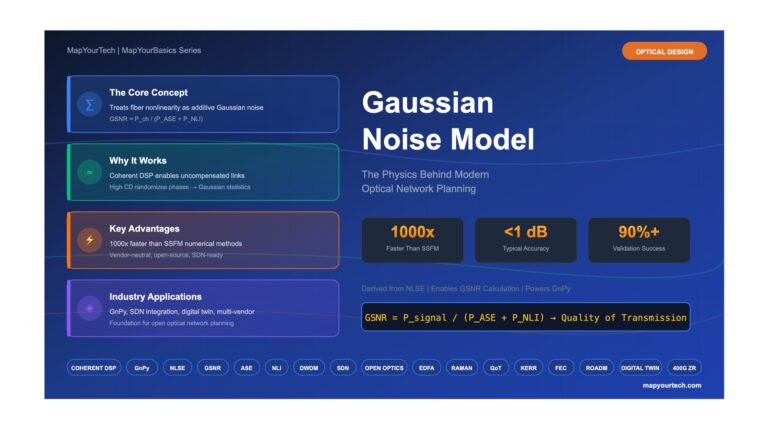The hex code F628 is transmitted in every frame of every STS-1.
This allows a receiver to locate the alignment of the 125usec frame within the received serial bit stream. Initially, the receiver scans the serial stream for the code F628. Once it is detected, the receiver watches to verify that the pattern repeats after exactly 810 STS-1 bytes, after which it can declare the frame found. Once the frame alignment is found, the remaining signal can be descrambled and the various overhead bytes extracted and processed.
Just prior to transmission, the entire SONET signal, with the exception of the framing bytes and the section trace byte, is scrambled. Scrambling randomizes the bit stream is order to provide sufficient 0-1 and 1-0 transitions for the receiver to derive a clock with which to receive the digital information.
Scrambling is performed by XORing the data signal with a pseudo-random bit sequence generated by the scrambler polynomial indicated above. The scrambler is frame synchronous, which means that it starts every frame in the same state.
Descrambling is performed by the receiver by XORing the received signal with the same pseudo random bit sequence. Note that since the scrambler is frame synchronous, the receiver must have found the frame alignment before the signal can be descrambled. That is why the frame bytes are not scrambled.
One more interesting answer from Standardisation Expert ITU-T Huub van Helvoort:-
The initial “F” is to provide four consecutive bits for the clock recovery circuit to lock the clock. The number of “0” and “1”in F628 is equal (=8) to take care that there is a DC balance in the signal (after line coding).
It has nothing to do with the scrambling, the pattern may even occur in the scrambled signal, however it is very unlikely that that occurs exactly every 125 usec so there will not be a false
lock to this pattern.
Explanation to Huub’s dc balancing w.r.t NEXT GENERATION TRANSPORT NETWORKS Data, Management, and Control Planes by Manohar Naidu Ellanti:
A factor that was not initially anticipated when the Al and A2 bit patterns were chosen was the potential affect on the laser for higher rate signals. For an ST S-N signal, the frame begins with N adjacent Al bytes followed by N adjacent A2 bytes. Note that for Al, there are more ls than Os, which means that the laser is on for a higher percentage of the time when the Al byte than for A2, in which there are more Os than ls. The A2 byte has fewer ls than Os. As a result, if the laser is directly modulated, for large values of N, the lack of balance between Os and 1s causes the transmitting laser to become hotter during the string of A 1 bytes and cooler during the string of A2 bytes. The thermal drift affects the laser performance such that the signal level changes, making it difficult for the receiver threshold detector to track. Most high-speed systems have addressed this problem by using a laser that is continuously on and modulate the signal with a shutter after the laser.
Unlock Premium Content
Join over 400K+ optical network professionals worldwide. Access premium courses, advanced engineering tools, and exclusive industry insights.
Already have an account? Log in here



